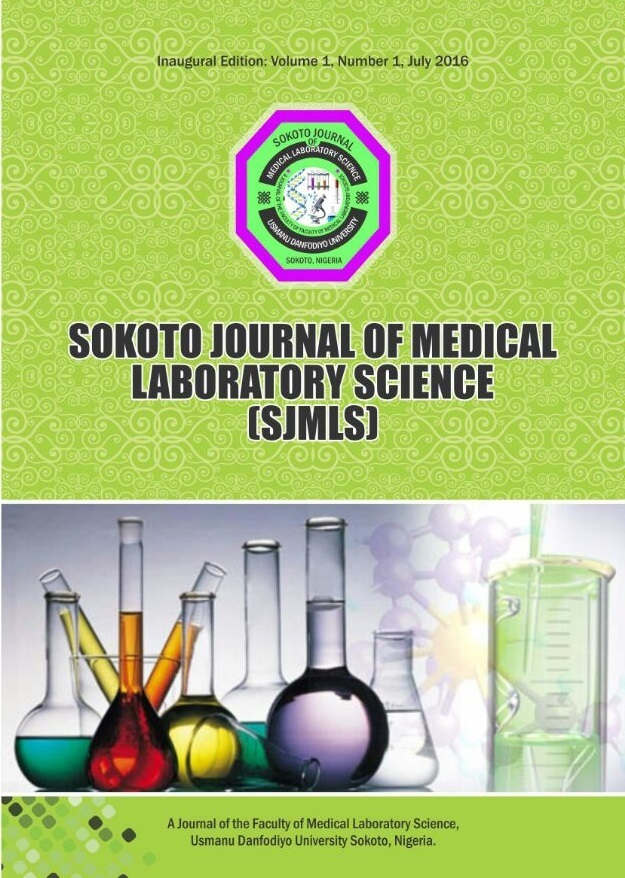Increased Malondialdehyde among the Malaria- Parasitized Children in Dutse-Jigawa, Nigeria
Keywords:
Malaria Parasites, malondialdehyde, Packed Cell Volume, AntioxidantsAbstract
Malaria infection is among the leading cause of morbidity and mortality throughout the world. Negative balance between antioxidant and free radicals in malaria parasitized children has existed and decreased packed cell volume (PCV) is a common complication. The current research enrolled one hundred and forty-two (142) participants. Subjects included ninety- three (93) malaria parasite infected children and forty-nine (49) apparently healthy non- parasitized controls. PCV was determined manually using the microhaematocrit centrifuge and reader, while Malondialdehyde (MDA) was determined using a standard chemical method. The results show a significant increase (p<0.005) of MDA in malaria parasitized children compared to control subjects. PCV of the malaria-infected children was significantly (p<0.005) lower than control subjects. Findings of this research, suggest an increase in the MDA levels among parasitized subjects. It’s therefore recommended that antioxidant substances should be supplemented for protection against haemolysis and inhibition of lipid Peroxidation among malaria parasitized children.




